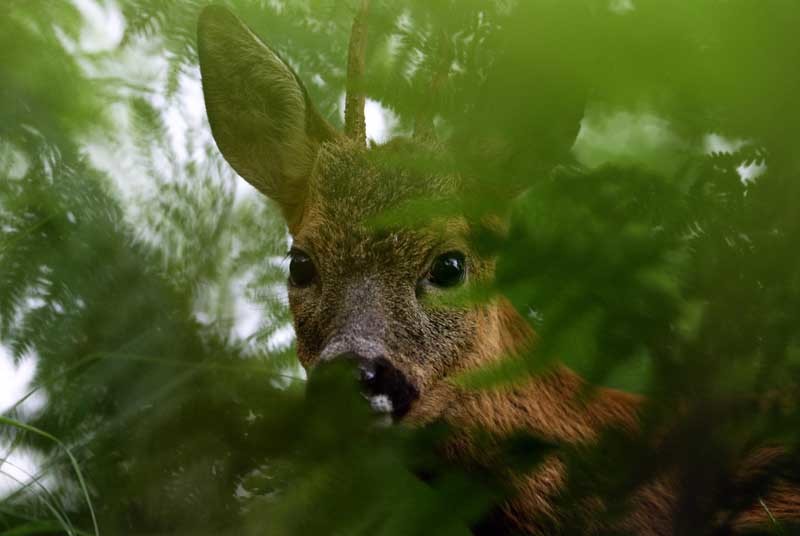A project undertaken by the Deer Commission for Scotland has identified areas in Angus as hot spots for accidents caused by the animals straying on to roads.
The commission has confirmed the roe deer population is increasing, at an alarming rate in some areas, and it will consider a cull if sufficient concern is raised by individuals or local councils.
A call for a cull was made in Angus recently following a serious motorbike collision with a deer on the outskirts of Arbroath, and there have been numerous other reports of accidents.
In the Mearns, a cull has been sought following reports of numerous near-misses on rural roads around Laurencekirk.
“I have six roe deer in my garden on a daily basis,” Hilda Kerr told Mearns Community Council.
“They seem to be everywhere and are becoming a real danger on the roads. We need to ask what is being done about culling them.”
A local driver whose car struck a deer on the Forfar to Montrose road was left badly shocked and her vehicle extensively damaged.
She said, “Fortunately, I was braking when I hit it and, luckily, there were no other vehicles on the road at the time or it could have been much worse.
“The deer was killed outright by the impact and I phoned the police.
“There was nothing I could do because I didn’t see it until it was right in front of me. It was horrible.”
Deer officer for north-east Scotland James Scott said, “The deer vehicle collision project has highlighted some areas in Angus as having higher numbers of road accidents involving deer.
“We would urge motorists to drive carefully, particularly at this time of year.
“Although many think of this as a rural issue, about 70% of accidents occur on trunk roads or motorways.
“Right now, last year’s calves now young juveniles are venturing off on their own for the first time.
“I would advise drivers to be particularly alert and slow down if driving in an area where roadside vegetation means deer could suddenly appear before they have time to brake.
“If accident rates are high in an area and we receive reports or requests from local councils or individuals, we do look into the possibility of culling deer for road safety reasons.
“As deer don’t have any natural predators in Scotland, we need to manage populations.
“Culls can occur to prevent road accidents or crop damage and to protect natural areas which may be overgrazed by deer, in addition to normal seasonal culling for population management.”
There are more than 10,000 deer-related vehicle accidents every year in Scotland, resulting in two to three deaths annually, and around 70 cases of serious injury to drivers or their passengers.
The cost of these accidents has been estimated at around £5 million.
In Tayside, it is estimated that up to four roe deer are killed on roads every day.
Many rural roads, including those through Montreathmont Forest in Angus are notorious for deer crossing unexpectedly, with the worst time of year being July and August, the rutting season.
